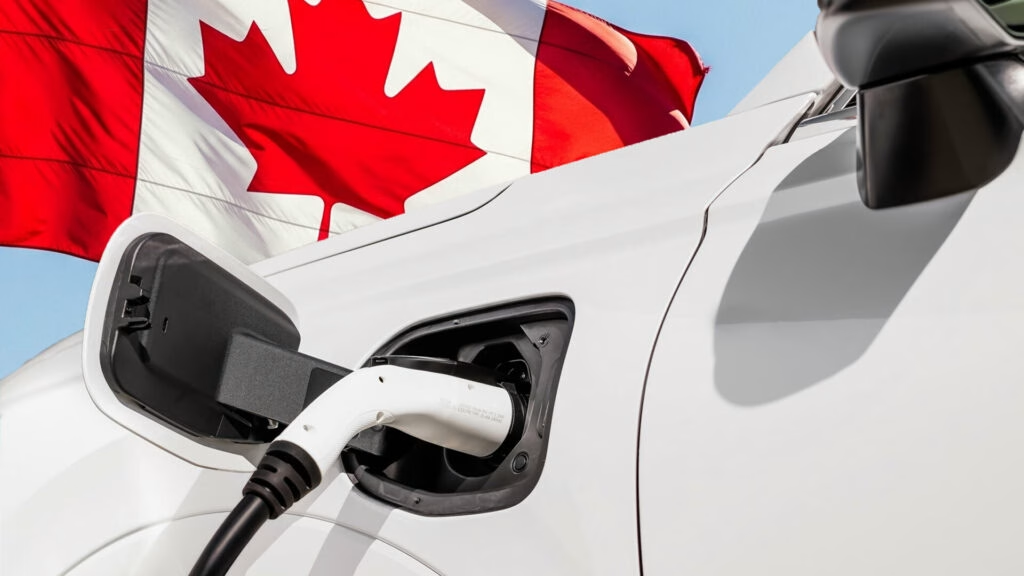Why Did Canada Pause Its 2026 Zero-Emission Vehicle Target?
If you’ve been following Canada’s push for greener roads, you might be surprised to hear the government has just pressed pause on a major milestone. The original plan? At least 20% of new vehicles sold in Canada would be zero-emission by 2026. That target is now off the table, and the government is reviewing its broader Electric Vehicle Availability Standard (EVAS) to better “reflect market realities.”
So, what changed? A big part of the story is the recent escalation in trade tensions with the United States. New tariffs—especially those targeting the automotive sector—have thrown a wrench into the economics of EV production and sales in North America. With the US as Canada’s largest trading partner, any shift south of the border has ripple effects. Prime Minister Mark Carney’s office made it clear: regulatory adjustments are needed to keep Canadian automakers competitive and protect jobs during this transition.
How Are Automakers and Policymakers Responding to Uncertainty?
Automakers aren’t the only ones rethinking their electric dreams. The Canadian government is now offering companies more “flexibility,” waiving the 2026 model year from the EVAS and promising a broader review to “reduce costs.” The message is simple: the path to electrification isn’t as straightforward as it seemed a few years ago.
Industry insiders point to several hurdles. Supply chain disruptions, battery material shortages, and the high upfront cost of EVs have all slowed adoption. According to a 2023 report from the International Energy Agency, global EV sales are still growing, but the pace varies widely by country, and affordability remains a sticking point for many Canadians. Add in the uncertainty from US policy shifts and tariffs, and it’s clear why Ottawa is taking a step back to reassess.
What’s Happening to Canada’s Long-Term EV Goals?
Canada’s climate ambitions haven’t disappeared. The government still wants all new light-duty vehicles sold to be zero-emission by 2035, with interim targets of 60% by 2030. But these deadlines are now under review, with officials promising to avoid placing an “undue burden on automakers.”
There’s a delicate balance here. On one hand, zero-emission vehicles are crucial for tackling climate change, improving air quality, and boosting innovation in the auto sector. On the other, the transition is unfolding during a period of “significant short-term economic uncertainty.” Policymakers are wary of moving too fast and risking jobs or making EVs less affordable for everyday Canadians.
Could More Affordable EVs Be on the Horizon?
One intriguing nugget from the government’s announcement: a pledge to “explore options to bring more affordable electric vehicles to Canadians.” While details are thin, this could mean opening the door to new manufacturers—including, potentially, Chinese brands known for lower-cost EVs. That would be a big shift in a market long dominated by North American, European, and Japanese automakers.
Affordability is a real concern. According to Statistics Canada, the average price of a new EV in 2023 was still 20-30% higher than a comparable gasoline vehicle, even after federal incentives. Expanding the range of available models, especially at lower price points, could make a huge difference for consumers on the fence.
How Do Tariffs and Trade Policy Shape Canada’s EV Future?
Trade policy is the elephant in the room. The US and Canada share a deeply integrated automotive supply chain, and new tariffs—especially those aimed at Chinese EVs and components—can quickly raise costs for Canadian manufacturers. The government’s new “Buy Canadian Policy” and Regional Tariff Response Initiative are designed to cushion the blow for small and medium-sized businesses hit by US tariffs.
But there’s a catch. If tariffs make it harder or more expensive to import affordable EVs or key components, Canadian consumers could see fewer choices and higher prices at the dealership. That’s why Ottawa is treading carefully, aiming to protect domestic industry while still moving toward its green goals.
What Does This Mean for Canadian Drivers and the Auto Industry?
For drivers, the immediate impact is a bit of breathing room. The pressure to switch to an EV by 2026 has eased, and automakers have more time to ramp up production, improve battery tech, and—hopefully—bring down prices. For the industry, it’s a chance to adapt to a rapidly changing global landscape without being boxed in by rigid targets.
The big takeaway? Canada’s EV transition isn’t about perfection—it’s about smarter adjustments. Start with one change this week, and you’ll likely spot the difference by month’s end.

